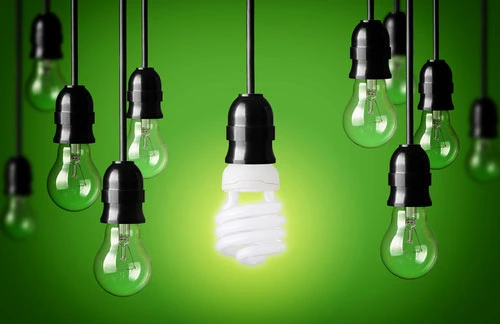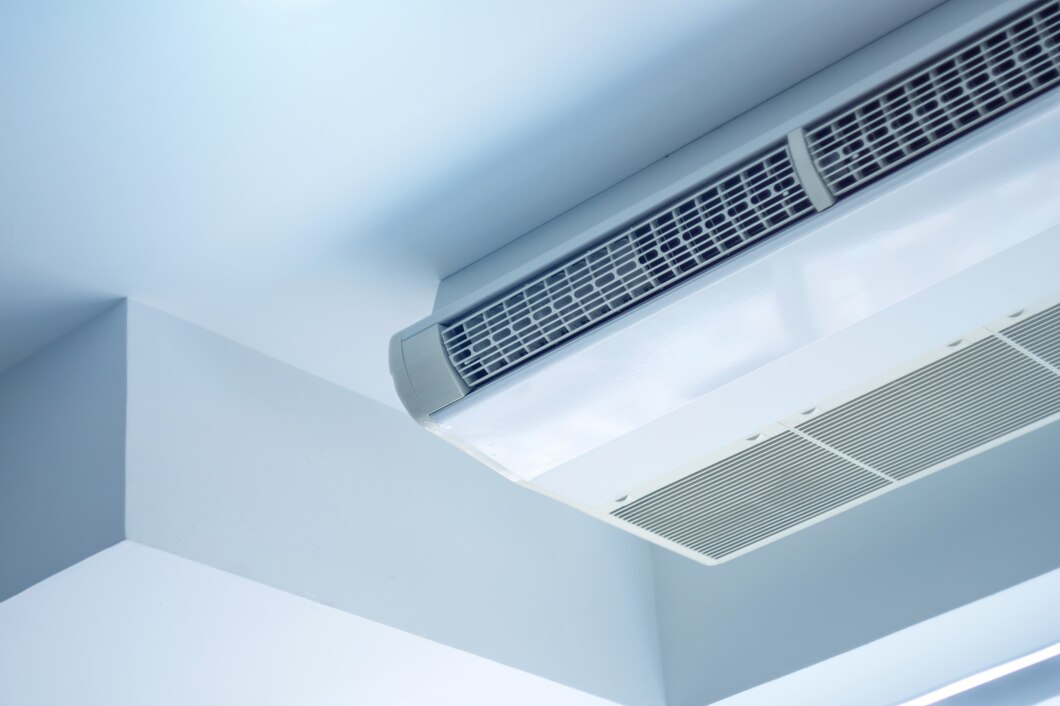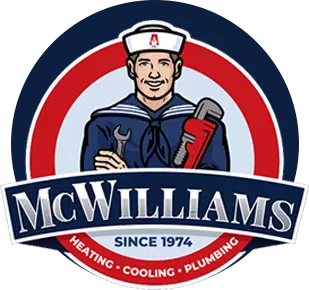Blog
Introduction
Picture this: In the summer, you turn on your Nacogdoches area home’s central air conditioning and simultaneously turn on dozens of tiny space heaters. It sounds absurd and wasteful, but if your home is lighted with incandescent light bulbs, this is essentially what you’re doing. Replacing all those incandescent bulbs with energy-efficient lighting can save you money right away and for years to come.
Those Tiny Space Heaters
 An incandescent bulb provides light using the same method primitive cave dwellers huddling around a campfire used: something gets so hot, it glows. While a marvel of technology from the 19th century, an incandescent bulb is very wasteful, since almost all of the energy it gives off is heat energy. In some cases only 10 percent of the electrical energy going into an incandescent bulb converts to light energy, so in summer you are paying for electricity to simultaneously heat and cool your home. Every incandescent bulb puts out mostly heat and a little bit of light.
An incandescent bulb provides light using the same method primitive cave dwellers huddling around a campfire used: something gets so hot, it glows. While a marvel of technology from the 19th century, an incandescent bulb is very wasteful, since almost all of the energy it gives off is heat energy. In some cases only 10 percent of the electrical energy going into an incandescent bulb converts to light energy, so in summer you are paying for electricity to simultaneously heat and cool your home. Every incandescent bulb puts out mostly heat and a little bit of light.
Energy-efficient lighting can play an important part in reducing your energy use and lowering your electricity bill. Popular, readily available choices in energy-efficient lighting come in three general designs.
Energy-Efficient Incandescent Light Bulbs
 If you like the idea of saving money on your electrical bill, but think you cannot afford to replace every incandescent bulb in your home at the same time, consider energy-efficient halogen bulbs. Instead of a single large glass bulb filled with gas, a halogen bulb uses a second, smaller capsule inside the larger, familiar pear-shaped glass. Inside that little quartz capsule is a small amount of halogen gas that reacts with the tungsten vapor given off by the filament. The vapor is recycled back onto the filament, meaning the bulb will outlast a traditional incandescent bulb.
If you like the idea of saving money on your electrical bill, but think you cannot afford to replace every incandescent bulb in your home at the same time, consider energy-efficient halogen bulbs. Instead of a single large glass bulb filled with gas, a halogen bulb uses a second, smaller capsule inside the larger, familiar pear-shaped glass. Inside that little quartz capsule is a small amount of halogen gas that reacts with the tungsten vapor given off by the filament. The vapor is recycled back onto the filament, meaning the bulb will outlast a traditional incandescent bulb.
Halogen lights burn hotter than regular bulbs, too, which means the same amount of electricity used in a regular bulb can produce more light from the halogen bulb. This type of energy-efficient lighting is around 25 percent more efficient than standard incandescent bulbs. Halogens are dimmable and are available in various levels of lumens (the measure of the light they give off) and colors.
Compact Fluorescent Lamps (CFLs)
If you pass electricity through certain gases, they fluoresce, or glow. This type of energy-efficient lighting is similar to the long fluorescent tubes we see in retail stores, kitchens and workshops. If the tube is wrapped tightly back on itself, you have a compact fluorescent lamp (CFL) that packs a lot of light in a little package.
Look for bulbs marked with the federal Energy Star label that certifies their energy efficiency. These are around 75 percent more efficient – and can last up to 10 times longer – than traditional incandescent bulbs. CFLs are not dimmable, but are available in many lumens and several colors.
Light Emitting Diodes (LEDs)
Halogens and CFLs have been around for a while and can help lower your energy costs. If you want to maximize your efforts to save energy, improve the environment, and lower costs, invest in light-emitting diodes (LEDs). These marathon runners of the lighting circuit may outlast your mortgage and will provide 75 percent to 80 percent energy savings year after year.
Inside an LED lamp is a solid-state semiconductor. Instead of producing heat, it produces nearly pure white light and almost no heat.
- LEDs are available in many forms, including rough service bulbs (garages and workshops), decorative holiday and accent lighting strings, track lights, reflectors, floodlight bulbs for recessed fixtures, and candelabra bulbs for sconces and chandeliers.
- LEDs are desirable because they light instantly, are unaffected by heat or cold, and can easily replace 40W, 60W, 75W, and higher-wattage bulbs.
- LEDs are dimmable and come in many colors; their major drawback is the initial cost, but a bulb you purchase today could be in service 25 years from now.
On Or Off?
After replacing your wasteful incandescent bulbs with energy-efficient lighting, you may wonder what the new rules are for increasing savings by turning lights on or leaving them off.
- Turn off halogen incandescent bulbs when they are not needed.
- Turn off CFLs when leaving a room unoccupied for more than 15 minutes.
- Leave CFLs on if you will return to a room within 15 minutes.
- Turn LED lights off when they are not needed; they will turn on to full brightness instantly.
For more help choosing energy-efficient lighting for your Nacogdoches-area home, please contact us at McWilliams Heating, Cooling and Plumbing.
Share This :
Emily
Table of Contents
Discover New Blog Posts
A well-functioning air conditioning (AC) system is essential for maintaining home comfort, especially during the warm months in places like Splendora. When your AC unit […]
The summer heat is right around the corner, and with it comes increased use of air conditioning systems in Shepherd. A well-maintained AC condenser unit […]
Air conditioning systems have become an essential part of modern living, providing much-needed comfort during the warm months. In Cleveland, where temperatures can rise significantly, […]






 7
7 
